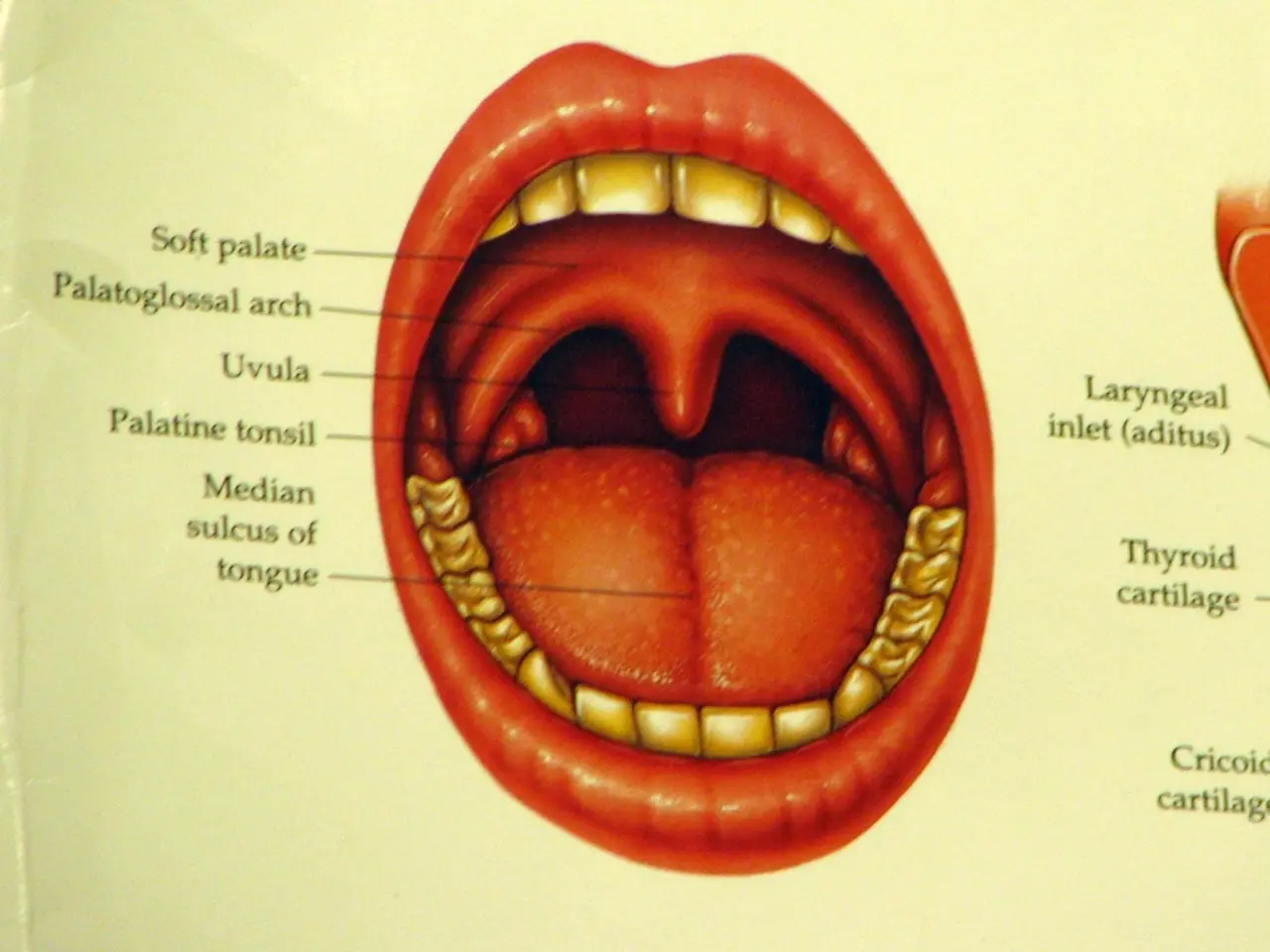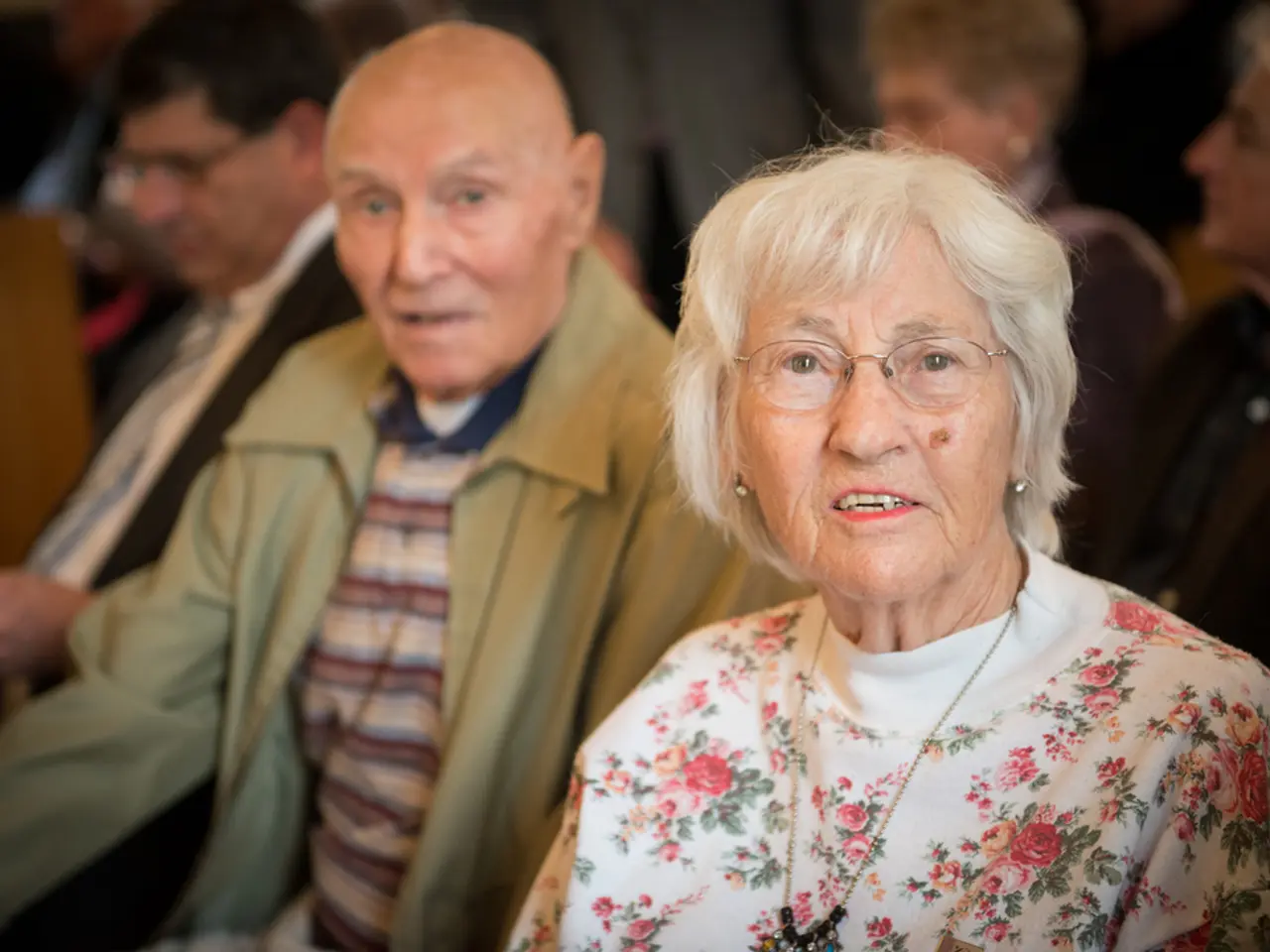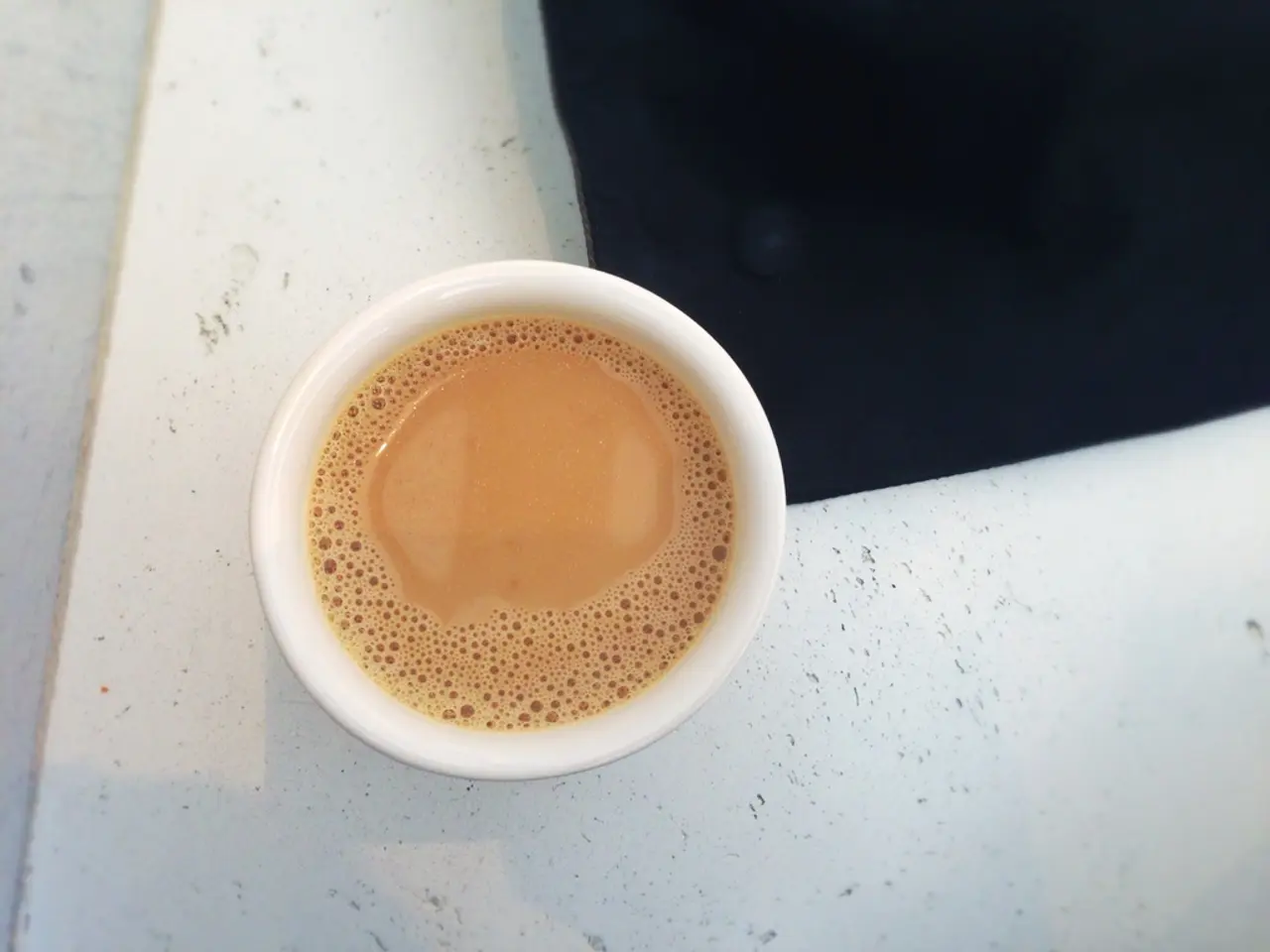Subtle Facial Thermal Analysis: Your Nose Reveals Your Temperament (and Everyone Else's Heat Signature)
In an intriguing twist, thermography – a technology originally developed to help soldiers see in the dark during World War II – is now being hailed as a tool that transforms into a therapist's best friend. This cutting-edge technology is being used to decode human psyche mysteries, shedding light on the subtle thermal cues that influence our perceptions of honesty, trustworthiness, and suspicion.
Human communication, much like understanding the plot of a French art film, is full of confusing, subtle cues. But with thermography, these cues can be brought to the surface, revealing emotional drama beneath the veneer of calm. In a conversation, a person's nose and forehead may have a secret temperature tango, which could be subconsciously picked up by others.
One striking finding is the cool-nose, hot-forehead pattern that emerges during lying. When a person fibs, their nose actually cools down while their forehead heats up, creating a temperature contrast that could be a potential giveaway. This temperature drop is linked to sympathetic nervous system activation, which causes vasoconstriction (narrowing of blood vessels) in the nasal region, reducing blood flow and thus surface temperature.
In social situations, one can only nervously smile and hope their nose isn't keeping score. Sherlock Holmes would likely approve of this thermal detection method, stating that "It's all in the nose."
Thermography, which detects subtle temperature changes on the skin surface, reveals that certain emotions such as stress, anxiety, or deceit lead to decreased temperature around the nose and periorbital areas. This is attributed to the body's fight-or-flight response, where blood flow is redirected away from the face to prepare muscles for action, resulting in a lower skin temperature detected by infrared cameras.
In human emotional studies, infrared thermography has been used to non-invasively monitor these temperature variations. A drop in nose temperature during lying suggests emotional arousal and cognitive load associated with deceit, making it a potential physiological marker for detecting untruthfulness and stress-related emotional states.
Here's a summary of the emotional states and their corresponding nose temperature changes as detected by thermography:
| Emotional State or Activity | Nose Temperature Change (Thermography) | Explanation | |-----------------------------|-------------------------------------------------------|----------------------------------------------| | Lying/Deceit | Decrease (cooling) | Sympathetic activation causes vasoconstriction and reduced blood flow to nose skin[2]. | | Stress/Anxiety | Decrease (cooling) | Similar sympathetic nervous system effects reduce surface temperature. | | Relaxed/Neutral | Stable or slightly increased temperature | Normal blood flow maintained. |
This physiological phenomenon provides objective insights into hidden emotional states through thermal imaging analysis.
It's important to note that this thermal response happens below a person's conscious radar, and there is no universal understanding of the meaning behind these heat-coded messages. It is not yet common for people to have thermometers strapped to their noses at parties.
However, the use of thermography reveals that our faces constantly transmit secret, heat-coded messages. This phenomenon is reminiscent of James Bond-style detective work, adding a touch of intrigue to the world of human connection, which remains fascinating and slightly neurotic due to the secret, heat-coded messages constantly transmitted.
[2] Source for the information provided in this article can be found in the original bullet points.
In the realm of health-and-wellness, therapeutic approaches are evolving to incorporate technology like thermography, a tool that aids mental-health professionals in their analyses. By detecting subtle temperature changes on the skin surface, this technology can help reveal hidden emotional states, such as stress, anxiety, or deceit, which could be valuable in various mental-health therapies-and-treatments.
This cutting-edge technology, initially developed for night vision during World War II, has transformed into a fascinating instrument, shedding light on the secret, heat-coded messages our faces transmit. These messages, which may indicate different emotional states, are transmitted constantly and below a person's conscious radar, much like the intrigue and neurosis surrounding human communication.




